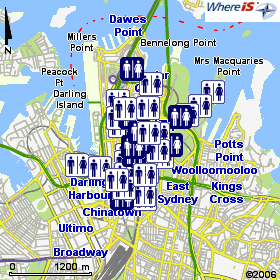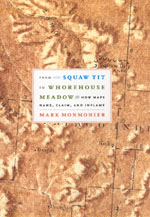NASA: Business as Usual
However, it's my opinion that NASA Administrator Michael Griffin has made a grave decision that will needlessly place flight crews in harm's way. I'm not the only person who believes this-- please take a few moments to read this article from the Herald-Tribune: A Risk Not Worth Taking.
Does this sound familiar? It should-- it's the same business-as-usual crap that has killed three flight crews in the past. NASA ignored warnings about using pure oxygen at overpressure before the Apollo 1 fire. They ignored warnings about O-ring damage in cold weather launches prior to the Challenger explosion. They also ignored video footage showing insulation foam from the bipod mount falling away during launches prior to the Columbia disintegration. Three ignored warnings, three dead flight crews.
During Discovery's "Return to Flight" mission in 2005, a low-level sensor in the external propellant tank malfunctioned, scrubbing the launch. After much head scratching, NASA engineers decided that it was probably safe to launch with a faulty sensor. Launch they did, and although more foam broke off and slightly damaged the Orbiter, the sensors worked as designed. One might think, since the external tank was being redesigned anyway, that they might have addressed the low-level sensor problem, but you would be wrong-- they left the old problematic switches in place.
So here's the situation-- On July 1st, NASA plans to launch Discovery on another "Return to Flight" mission. The newly-redesigned external tank hasn't been flight-tested to determine if it's any safer than the old one, nor have they addressed the sensor issue. I think that AP's Mike Schneider summed it up nicely by referring to this flight as NASA's version of the movie "Groundhog Day."
If Griffin and the rest of NASA continues operating like this, sooner or later they are going to kill another crew.





